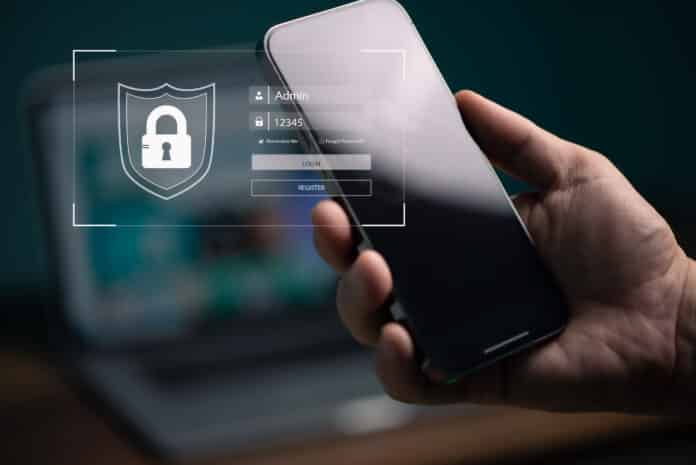Smartphones have become an extension of our lives, and for the most part, that’s a good thing. But with that increased access comes the potential for people to get into our private information if we’re not careful. That’s why it’s important to know how to quickly change some settings on your phone before lending it to someone else. In this blog post, we will discuss five quick settings you should change on your phone before lending it to someone!
App Permission Setting
The next setting you should change is the app permissions setting. This is important because it allows you to control which apps have access to your private information. For example, you may not want to lend your phone to someone if they can access your contacts or your photos. You can usually find the app permissions setting in the security section of your phone’s settings menu.
Screen Lock
One setting you should consider changing is your screen lock. This will help to keep other people from being able to access your personal information if they happen to get ahold of your phone. You can usually find the screen lock setting in your phone’s security settings. Another setting you may want to change is your location settings. If you have any apps that use your location, it’s important to disable them before lending your phone to someone else. This will help to prevent them from being able to track your whereabouts.
Be careful with the Apps
You should also take a look at the apps that are installed on your phone and consider removing any that you wouldn’t want someone else to have access to. This includes things like banking apps or apps that contain sensitive information. If you can, it’s also a good idea to log out of any apps that you’re currently logged into before lending your phone to someone.
Think about the Notifications
Another thing you may want to do is take a look at your notification settings and disable any that you don’t want others to see. This includes things like text message notifications or email notifications. You can usually find these settings in your phone’s general settings menu.
Change Your Passwords
Finally, one of the most important things you can do before lending your phone to someone changes your password. This includes things like your social media passwords or your email password. If you have any accounts that are linked to your phone, it’s important to change the passwords for those as well. That way, even if someone does get access to your phone, they won’t be able to get into your accounts.
How to limit access on an Android phone
If you have an Android phone, there are a few ways to limit access to your device. One way is to set up a guest account. To do this, go to Settings > Users and add a guest user. Once you’ve done that, you can customize what apps and features the guest user will have access to.
Another way to limit access on an Android phone is by using the lockdown mode. This mode allows you to disable all non-essential features on your device, including the fingerprint sensor and camera. To activate lockdown mode, go to Settings > Security and select “Lockdown”.
How to Restrict User Access on an iPhone
If you have an iPhone, there are a few different ways you can restrict access to your device. One way is to use the built-in Screen Time feature. This feature allows you to set limits for certain app categories, as well as set a bedtime for your device. To access Screen Time, go to Settings > Screen Time.
Another way to restrict user access on an iPhone is by using Guided Access. This feature allows you to disable certain features of your device, such as the camera or Touch ID. To activate Guided Access, go to Settings > Accessibility > Guided Access and turn it on.
We hope this blog post has been helpful in showing you how to quickly change some settings on your phone before lending it to someone.

